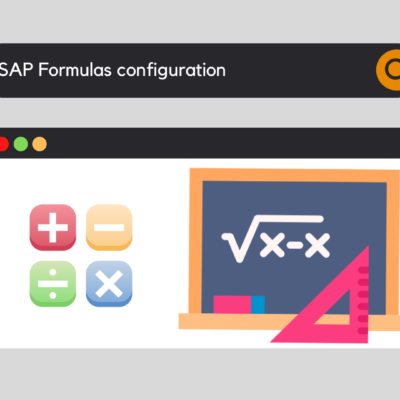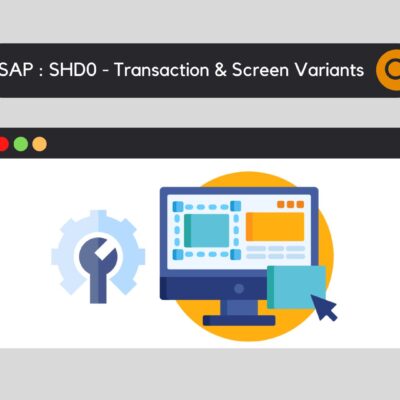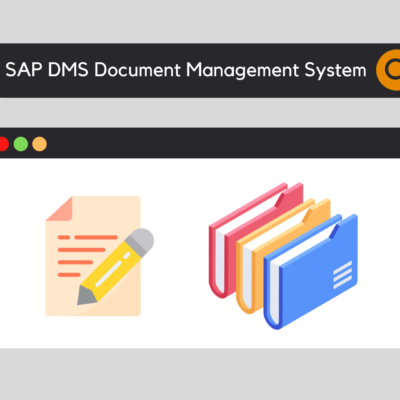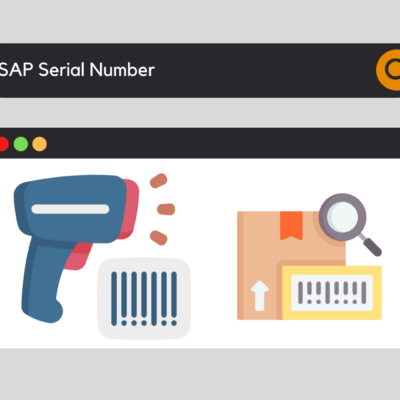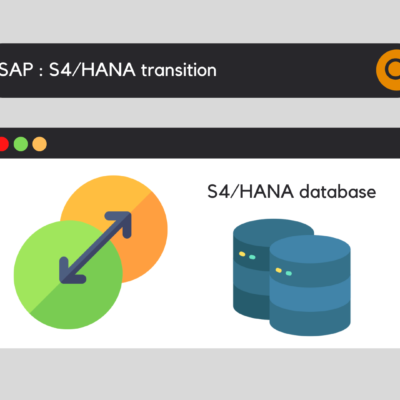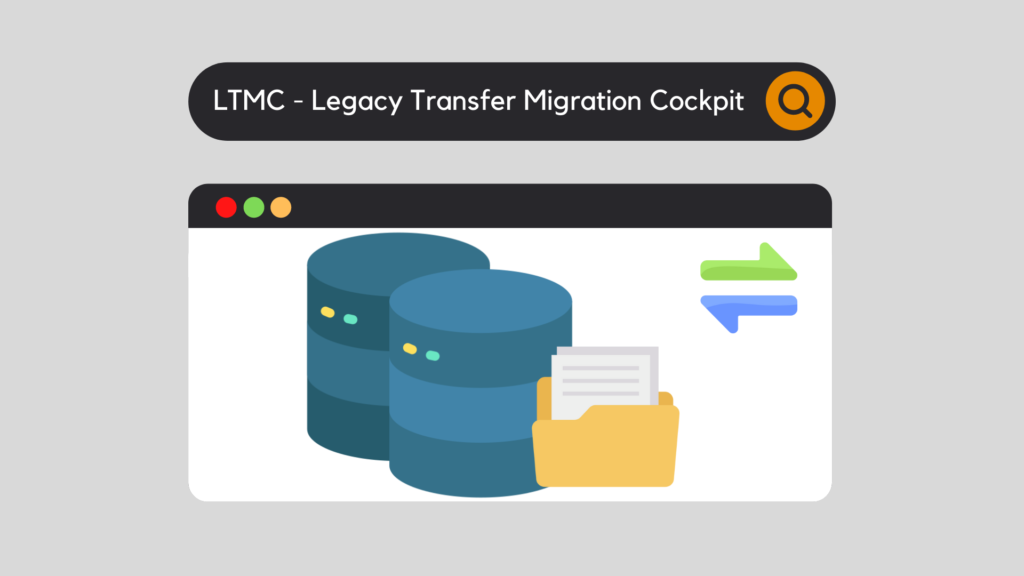
SAP LTMC - Legacy Transfer Migration Cockpit is the latest standard tool offered by SAP, allowing to perform data transfer. It is only available on the HANA version and is intended to replace LSMW – Legacy System Migration Workbench. Indeed, the LTMC tool has many advantages: much faster, much simple and much efficient. Let's discover together through this article how LTMC works and what are the main differences with LSMW.
SAP LTMC - A little history...
First of all, the SAP LTMC - Legacy Transfer Migration Cockpit tool was developed to migrate data from an SAP and/or non-SAP database to the S4/HANA database. Thus, the latter is only available on the SAP HANA version and not ECC.
On the other hand, the LSMW tool is still available on the S4/HANA version. It is important to note, however, that it is no longer the reference data recovery tool. SAP itself recommends that it no longer be used, as it has significant limitations.
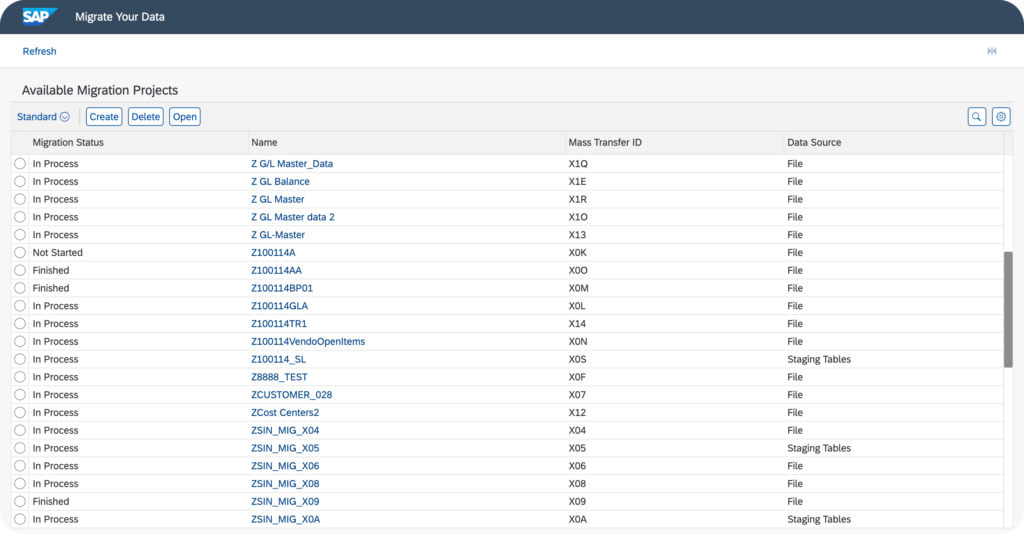
SAP LTMC - Legacy Transfer Migration Cockpit, how does it work?
As its name suggests, the Migration Cockpit allows you to perform data transfers to the HANA database. Users of the LSMW functionality will not be lost because the LTMC tool also works through "projects:
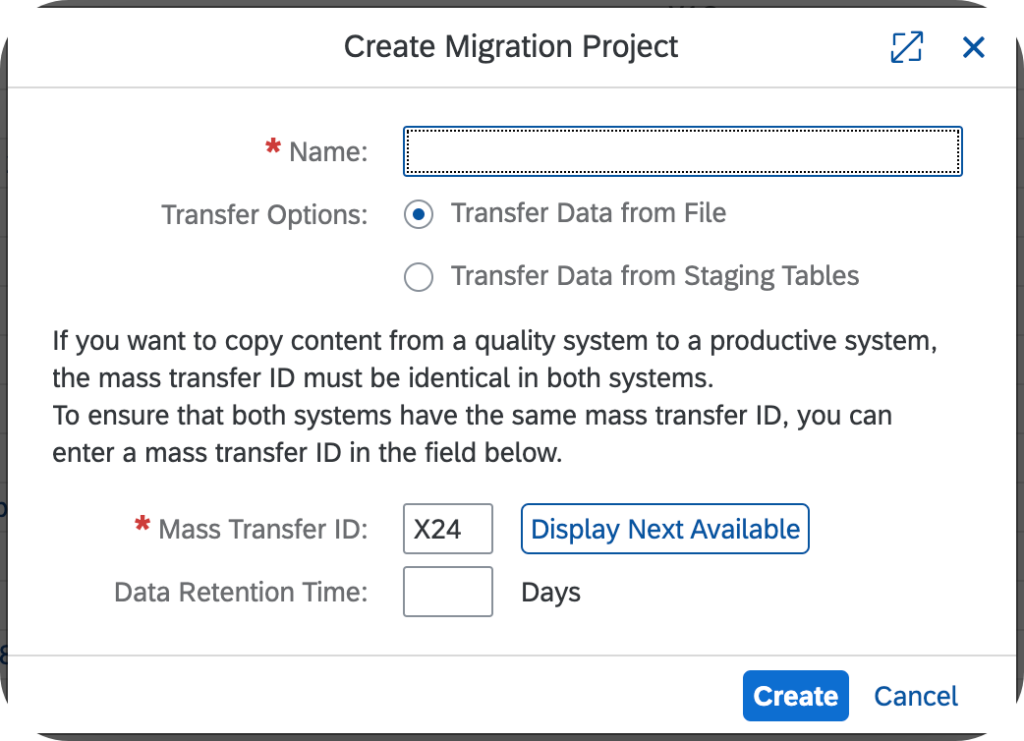
The LTMC - Legacy Transfer Migration Cockpit feature offers three different migration approaches. Thus, data transfers can now be done from...
... external files
This method is very similar to the LSMW functionality. However, this time, the template is already proposed by SAP. All the user has to do is complete it with his or her data and then inject it into the SAP database via the Migration Cockpit.
... of the tables of provision
We are talking about Staging Tables. The latter correspond to tables and thus allow greater flexibility in data management. This approach should be used when there is a large amount of data to be migrated, as there are no limitations here.
... the SAP system itself
This approach allows to migrate data from an SAP source database to an SAP S4/HANA target database. The latter has been specially designed to migrate to the new HANA version.
SAP LTMC - Legacy Transfer Migration Cockpit, are there any advantages?
Of course, if SAP offers a new tool, it means that it includes new features. But what are the real benefits of having developed a new means of data migration? To answer this question, we will make the analogy with the LSMW method.
First of all, the LTMC tool allows a considerable gain in terms of speed. In fact, the new Migration Cockpit is "ready to use" compared to the LSMW tool. The steps recording creation and template design are eliminated from the LTMC process. In addition, the steps structures creation and fields mapping are already pre-configured.
Then, the Migration Cockpit is more simple of use. From now on, the dependence on the SAP consultant is no longer necessary. The use of the LTMC tool can be reserved for the business (key user, data manager etc.). In addition, the degree of expertise required is much lower than for the LSMW functionality. Moreover, the ergonomic interface offered by the LTMC tool also contributes to its ease of use.
Finally, the Migration Cockpit is also more efficient and customizable. So, if there is no pre-configured template that fits your needs, the LTMOM functional transaction will certainly be very useful. Let's find out together what its role is.
LTMOM - Migration Object Modeler
The Migration Cockpit offers pre-configured data transfer templates as standard. However, it is possible that, depending on the user's needs, some fields are not accessible for modification. The LTMOM tool intervenes at this point to address this issue. In other words, LTMOM is the Migration Cockpit toolbox. In fact, in order to make the LTMC functionality scalable, the LTMOM tool allows the user to modify the project structure by adding fields.
Find out more with our full article on LTMOM SAP LTMOM - Migration Object Modeler.
Would you like to improve your SAP skills? You can access our free training courses, or opt for our premium "Beyond the Horizon" (SAP beginners) or "Expert Training Center" (advanced) courses.

Pierre Balbinot
SAP functional consultant, EAM (Enterprise Asset Management) and PP (Production Planning) expert.


